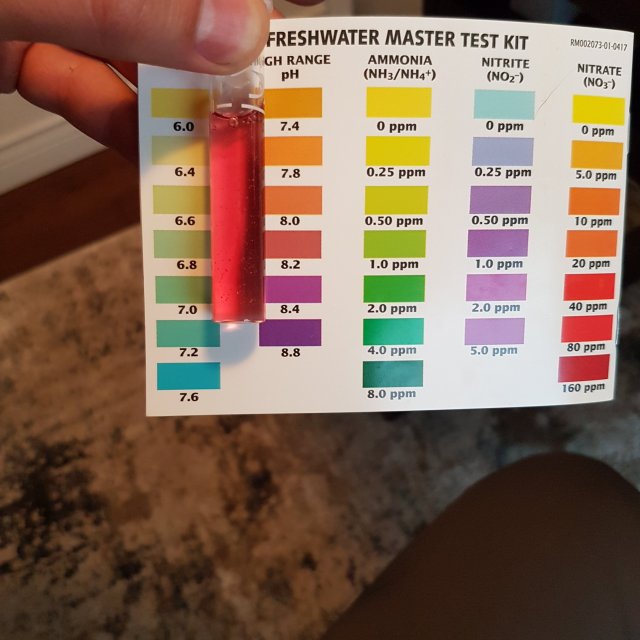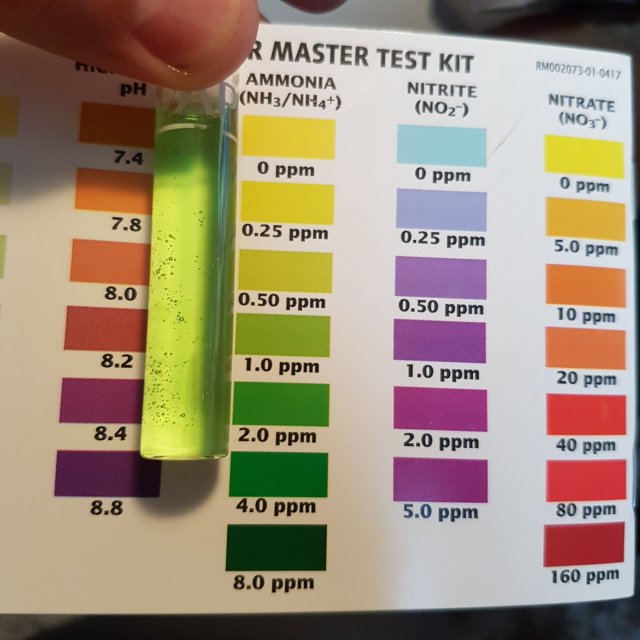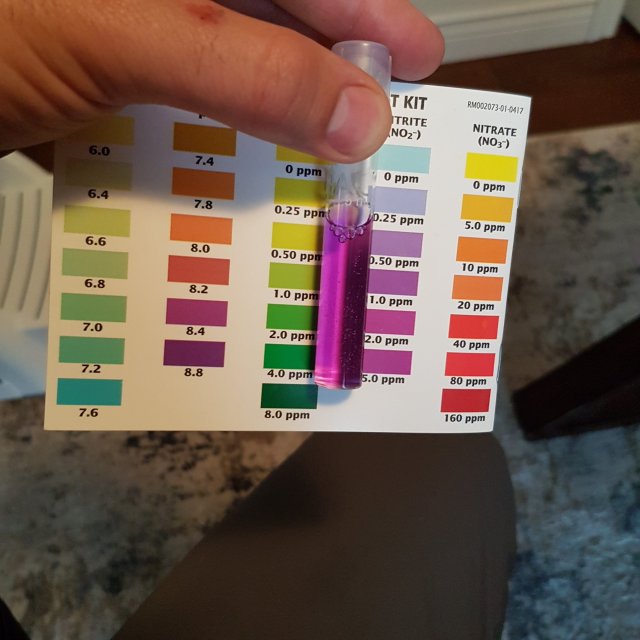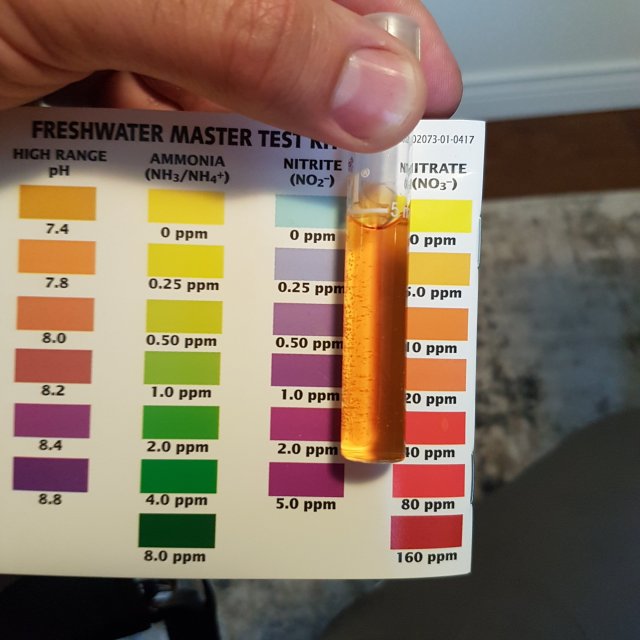Hello,
I've been doing a fishless cycle for close to two months now. Originally I took some substrate from an established tank, stuck it in my sump. Within a week I had a nitrite spike. I kept dosing with Ammonia, making sure I did not exceed 5ppm in either Ammonia or Nitrite. The Ammonia seemed to have processed quicker and quicker as the cycle went along. I then added some additional filter media (lava rock) to my sump assuming the cycle was almost complete. Since adding this additional lava rock (I cleaned in chlorinated water, washed around, then added dechlorinator, then placed in sump) the cycle has seemed to stall. My aquarium has barely been processing Nitrite (it does but very slow for 3 weeks). Again, I make sure my Ammonia and Nitrite never exceed 5 ppm. I also regularly check Ph, it is constant at 8. At this point its been 3 weeks of having both Ammonia and Nitrite. I still add Ammonia as it does get processed. I have a bit of Nitrate 7.5ppm. Any ideas as to what is going on? I'm at a loss.. I would have thought even if I destablized the tank, it wouldn't take 3 weeks and still have ammonia. Especially given the first week seemed to be processing ammonia rather quickly..
I've been doing a fishless cycle for close to two months now. Originally I took some substrate from an established tank, stuck it in my sump. Within a week I had a nitrite spike. I kept dosing with Ammonia, making sure I did not exceed 5ppm in either Ammonia or Nitrite. The Ammonia seemed to have processed quicker and quicker as the cycle went along. I then added some additional filter media (lava rock) to my sump assuming the cycle was almost complete. Since adding this additional lava rock (I cleaned in chlorinated water, washed around, then added dechlorinator, then placed in sump) the cycle has seemed to stall. My aquarium has barely been processing Nitrite (it does but very slow for 3 weeks). Again, I make sure my Ammonia and Nitrite never exceed 5 ppm. I also regularly check Ph, it is constant at 8. At this point its been 3 weeks of having both Ammonia and Nitrite. I still add Ammonia as it does get processed. I have a bit of Nitrate 7.5ppm. Any ideas as to what is going on? I'm at a loss.. I would have thought even if I destablized the tank, it wouldn't take 3 weeks and still have ammonia. Especially given the first week seemed to be processing ammonia rather quickly..









